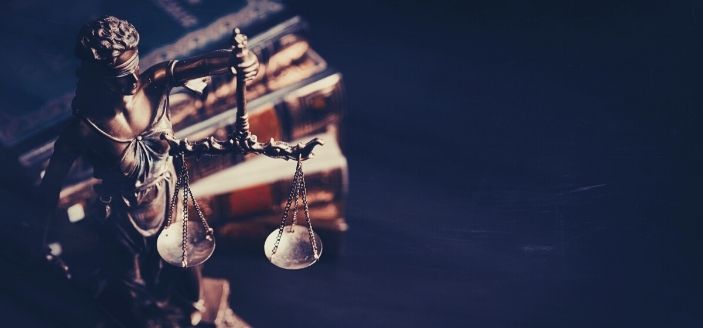18 Apr Service of a lawsuit to the receiver of a company

Service of a lawsuit to the receiver of a company
by George Coucounis
“A lawsuit against a company under receivership is served to the receiver or its registered office”
A company’s receiver is appointed by a secured creditor, a debenture holder under a floating charge, and acts as a representative of the company. The primary task of the receiver is to liquidate its assets charged, immovable and movable property, to the benefit of the debenture holder. The role of the receiver is to serve the interests of the secured creditor, receiving the company’s assets as provided in the debenture of the floating charge and disposing them in order to repay its debt. When the debenture covers the entire assets of the company, the powers of its directors are not only diminished, but they cease to actually carry out any commercial activity, even though the board of directors retains residue power. In the event that a lawsuit is filed against the company concerning assets which are covered by the debenture, the receiver as a representative is entitled to be informed and the lawsuit must be served either to him or to the registered office of the company.
An issue arises where a lawsuit against a company under receivership is served to its director instead of its registered office or the receiver. Such service shall be deemed invalid since the receiver has not been informed of the lawsuit and a judgment issued due to non-appearance of the company may be set aside on the application of the receiver. The Supreme Court in a unanimous judgment issued on 6.4.2022 stated that the recent case law confirms that legal acts which are affected by a fundamental defect, such as the failure to serve the lawsuit to the receiver or the registered office of the company, the receiver having no knowledge of the proceedings, must be set aside as an act of justice.
The Court of first instance, in a lawsuit filed by a banking institution, had dismissed the application of the receiver to set aside the judgment issued without his knowledge against the company. The Court in its judgment mentioned that even if it had been demonstrated that there was good defence at first sight, the application could not succeed since one of the directors of the company had knowledge of the service of the action, even though such service was not good. The Supreme Court, examining the receiver’s appeal as to who is entitled to the filing of the application to set aside the judgment, held that through his appointment, the receiver takes under his control the assets of the company, while the powers of the company and its directors to act in relation to these assets are diminished. In the event that the debenture, under which the receiver was appointed, covers the entire assets of the company, as in the particular case, its directors do not actually control its commercial activity. However, it is acknowledged that the board of directors of the company under receivership retains residue power, which includes the right to sue the holders of the debentures who appointed the receiver, as well as they are responsible for the annual returns of the company.
The Supreme Court in its judgment stated that the receiver on the basis of the provisions of the debentures became the administrator of the company’s assets and its representative with the power to do everything that is legally entitled and that could be considered necessary for the conduct of the company’s activities. For this purpose, he has the power to take any steps in the name of the company, as well as to make arrangements or settlements which he considers to be in the interests of the company. The broad powers given to the receiver under the debentures clearly include any interim or ancillary action, such as the filing or defending lawsuits or other legal proceedings.
The lawsuit brought by the respondents concerned the assets of the company, for which the exclusive power of representation was vested in the receiver, who was the only one who had the right to file an application to set aside the judgment issued against the company. It was not substantiated that the receiver became aware of the writ of summons, since the lawsuit was not served to the registered office of the company and the receiver was the only person who had locus standing to represent the company in the lawsuit. The Supreme Court concluded that the issuance of a judgment without proper service is non-existent, invalid from the beginning and cannot be saved. Therefore, it set aside the judgment of the Court of first instance and gave the right to the receiver to file an appearance and defence for the company.